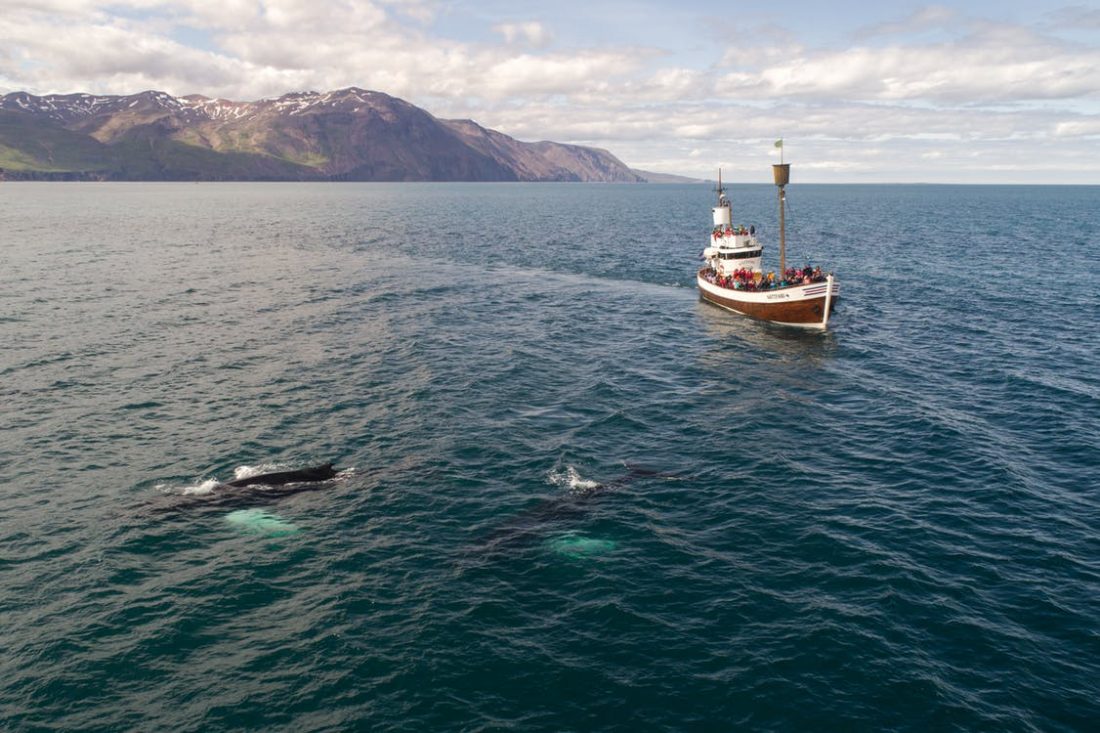There’s no better time than summer to plan a whale watching San Diego trip. This time is especially ideal for spotting the largest animal in the world — the blue whale. These marine mammals often hang out in Southern California waters, where they can feast on krill and enjoy the warm water, which makes for the perfect whale watching opportunity. Whale watching is just as fun as it is educational, and it’s a great activity for the whole family. Learn about marine biology and ocean conservation while increasing your awareness of environmental issues. In addition to these benefits, whale watching is known to be incredibly relaxing — and sighting a whale is said to grant good luck!
What Types of Whales You Will See
The aforementioned blue whale makes semi-regular appearances in San Diego waters, but there are several other types of whales that you may see on a whale watching trip, too. The gray whale is also an occasional resident, as are humpback whales, killer whales, finback whales, and Minke whales. To get a jumpstart on identifying different species, you can review a list of whales by size. Don’t be surprised if a few dolphins make an unannounced appearance, too! Risso dolphins, bottlenose dolphins, and common dolphins are often found throughout San Diego.
Each of these different types of whales plays a unique role in the ocean ecosystem. All of them, though, provide the vital nutrients that phytoplankton need to survive, thus sustaining the underwater food chain. Research indicates that whales also have a profound effect on the environment. In addition to actively facilitating the production of oxygen, whales absorb carbon, minimizing pollution and combatting climate change. These incredible feats are just a few of the services whales perform for our planet. Catching a glimpse of these magnificent animals is truly a glimpse of greatness.
Whale Watching Tips
There are many important boundaries that whale watchers must honor in order to enjoy the activity safely. It may certainly be tempting to try and interact with a whale. Some watchers have even felt compelled to jump into the water in an attempt to swim with a whale. Needless to say, these are both bad ideas, and it’s imperative that you maintain your role as a whale watcher — a passive observer who does not intervene. It’s safe to take photos and marvel at their beauty, but you shouldn’t instigate any further contact. Doing so is a threat to your own safety as well as the safety of the whale and the boat’s crew.
Of course, there’s no guarantee that your whale watching trip will be fruitful. Like any other animal, whales can be finicky, and sometimes they simply don’t want to make an appearance. In these cases, it’s important to find beauty elsewhere. Marine life isn’t the only incredible part of the ocean, and a whale watching trip can be fun even if there are no whales! Read Next Level Sailing reviews to learn more about whale watching charters in San Diego.

